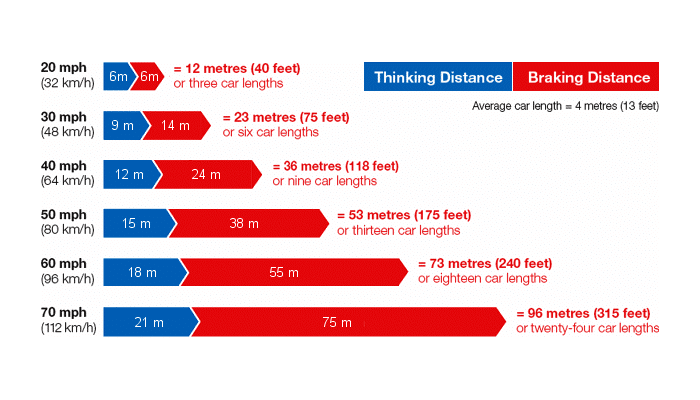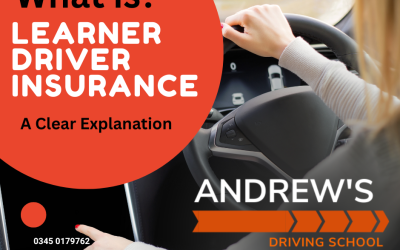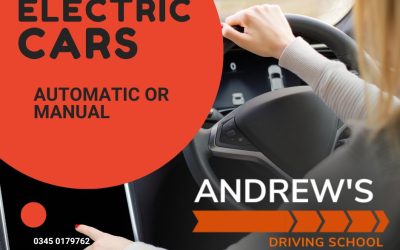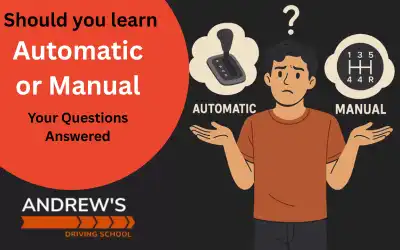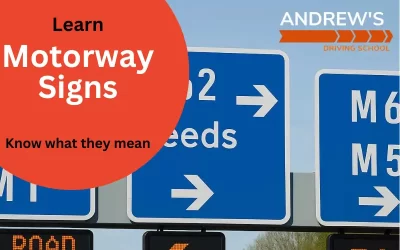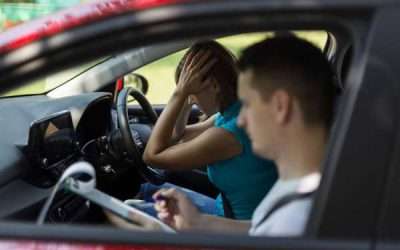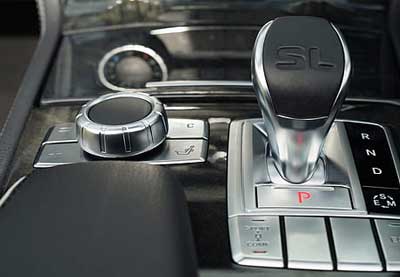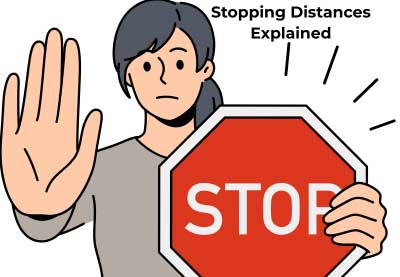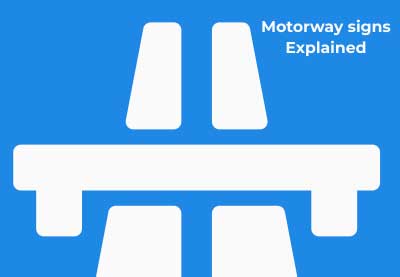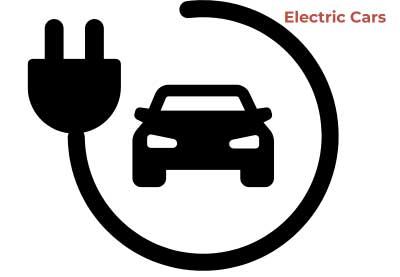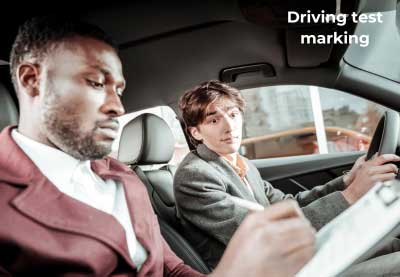How to remember stopping distances
Easy way remember stopping distances for your driving theory test
Learn your highway code stopping distances with this easy to remenber formula
Theory Test Stopping Distances
Below are the stopping distances from the Highway Code. They can be tricky to memorise, but here’s a simple formula to help make it easier.
How long does it take to stop at 30mph?
Have you ever stopped to think about the time it takes to bring your car to a complete halt when driving at 30mph? The information below reveals the duration required for a full stop, considering ideal conditions like a dry road and an attentive driver behind the wheel.

What Does Stopping Distance Mean?
Stopping distance is the total distance a vehicle travels from the moment a driver spots a hazard to when the car comes to a complete stop. It consists of two parts: thinking distance (the distance covered while the driver reacts) and braking distance (the distance it takes to stop after the brakes are applied). You can estimate the total distance in feet by multiplying your speed by a factor—starting at 2 for 20 mph and adding 0.5 for every 10 mph increase. For example, at 30 mph: 30 × 2.5 = 75 feet.
A common theory test question is: “What is the overall stopping distance, thinking distance, or braking distance at 30 mph?”
You don’t need to memorise every number—just use this easy method:
✅ Overall stopping distance (dry conditions):
20 mph = 20 × 2 = 40 ft
30 mph = 30 × 2.5 = 75 ft
40 mph = 40 × 3 = 120 ft
Add 0.5 to the multiplier for every extra 10 mph.
✅ Wet roads: double the distance.
✅ Ice or snow: multiply by 10! For example, at 30 mph on ice, stopping distance can be as long as 600 ft (or around 60 car lengths).
✅ Thinking distance is always the same as your speed:
20 mph = 20 ft
30 mph = 30 ft
40 mph = 40 ft
✅ Braking distance is what’s left after you subtract thinking distance from the total.
Example at 40 mph:
Total stopping distance = 120 ft
Thinking distance = 40 ft
Braking distance = 80 ft
This method isn’t exact for real driving but is perfect for your theory test.
Stopping Distances Formula Easy to Remember.
20 Mph Multiply speed by 2 so 20mph x 2 = 40 feet
30 Mph Multiply speed by 2.5 so 30mph x 2.5 = 75 feet
40 Mph Multiply speed by 3 so 20mph x 3 = 120 feet
50 Mph Multiply speed by 3.5 so 50mph x 3.5 = 175feet
60 Mph Multiply speed by 4 so 60mph x 4 = 240 feet
70 Mph Multiply speed by 4.5 so 70mph x 4.5 = 315 feet

Remembering stopping distances is easy.
Why Understanding Stopping Distances Matters
Knowing how stopping distances increase with speed is essential for safe driving. At 30 mph, the stopping distance is about 75 feet, but at 40 mph, it jumps by 45 feet—a rise of over 50%. At 70 mph, you may need the length of a football field to stop, even in ideal conditions. In wet weather, that distance can more than double. Thinking distance—the distance your car travels before you even react—is equal to your speed in feet. That means at 40 mph, you’ve already travelled 40 feet before braking. Always leave a 2-second gap, or 4 seconds in the wet.
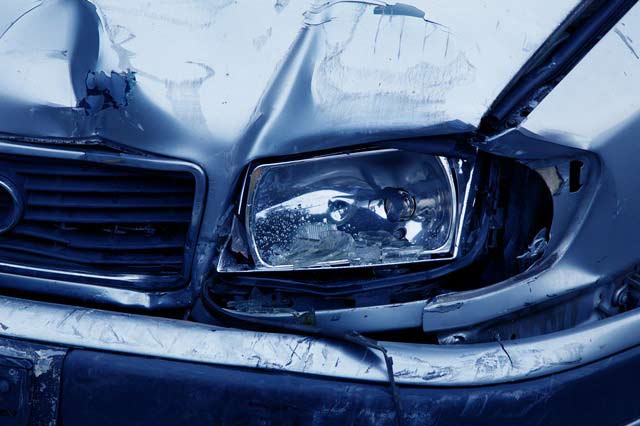
The 2 Second Rule
One of the key principles for safe driving is the 2 second rule, which helps maintain safe distances on the road. In dry conditions, it is important to keep at least a 2 second gap between your vehicle and the one ahead. This gap should be increased to 4 seconds in wet weather to account for longer stopping distances. A simple way to check this distance is to watch when the car in front passes a fixed object, like a lamppost or a traffic sign, and then mentally say “only a fool breaks the 2 second rule” until you reach that object. If you arrive too soon, you are too close. In heavy rain, repeat the phrase to create a 4 second cushion. In icy conditions, aim for a much larger gap of about 20 seconds or consider leaving your car at home, since braking can be very difficult on ice. For more information on road safety, visit the Royal Society for the Prevention of Accidents at Rospa.com for helpful tips and guidance to keep you safe while driving. Remember that worn or shallow tyre tread can further increase stopping distances, especially in wet conditions—learn more about tyre tread depth here.
Advice & Tips for driving tests ( Practical & Theory)
New Driver Tips & Advice
What is learner insurance?
What Is Learner Insurance?Learner insurance (also called learner driver insurance or learner car insurance) is a special type of policy for people with a UK provisional driving licence. If you’re learning to drive and want to practise outside of lessons, you need...
Are Electric Cars Automatic or Manual?
Are electric cars Automatic or Manual?Electric cars differ from traditional cars but are electric cars automatic or manual? Driving an electric car is a different experience to driving either a petrol or diesel car. It is also different from what we know as automatic...
Should I Learn Automatic or Manual
Should I Learn Automatic or Manual?Choosing between automatic or manual transmission is a common dilemma for new drivers. When considering whether to learn automatic driving lessons or manual driving lessons, several factors should influence your decision. Automatic...
Motorway Signs Driving Theory
Motorway Signs Guide to all the signs you will find on the motorways and what they meanUK Motorway Signs You're getting ready for your theory test and driving lessons—what an exciting journey! There can be a lot to take in.Your probably asking why are blue motorway...
When to Use Fog lights
When to use fog lights and what The Highway Code and Law says about when to use fog lights As autumn and winter roll in, you might find yourself using your fog lights a bit more often than usual, so let's chat about what the law really says about them and figure out...
Driving Test Faults Explained Major, Minor What makes a fail.
Driving Test Faults , Major or Minor driving faults explained To successfully prepare for your practical driving test, it's essential to not only understand the skills you need to demonstrate but also to be aware of the behaviors and actions you should steer...
What is learner insurance?
What Is Learner Insurance?Learner insurance (also called learner driver insurance or learner car insurance) is a special type of policy for people with a UK provisional driving licence. If you’re learning to drive and want to practise outside of lessons, you need...
Are Electric Cars Automatic or Manual?
Are electric cars Automatic or Manual?Electric cars differ from traditional cars but are electric cars automatic or manual? Driving an electric car is a different experience to driving either a petrol or diesel car. It is also different from what we know as automatic...
Should I Learn Automatic or Manual
Should I Learn Automatic or Manual?Choosing between automatic or manual transmission is a common dilemma for new drivers. When considering whether to learn automatic driving lessons or manual driving lessons, several factors should influence your decision. Automatic...
Motorway Signs Driving Theory
Motorway Signs Guide to all the signs you will find on the motorways and what they meanUK Motorway Signs You're getting ready for your theory test and driving lessons—what an exciting journey! There can be a lot to take in.Your probably asking why are blue motorway...
When to Use Fog lights
When to use fog lights and what The Highway Code and Law says about when to use fog lights As autumn and winter roll in, you might find yourself using your fog lights a bit more often than usual, so let's chat about what the law really says about them and figure out...
Driving Test Faults Explained Major, Minor What makes a fail.
Driving Test Faults , Major or Minor driving faults explained To successfully prepare for your practical driving test, it's essential to not only understand the skills you need to demonstrate but also to be aware of the behaviors and actions you should steer...
Areas we cover
Abergele | Amlwch | Bangor | Barnsley | Caernarfon | Colwyn Bay | Conwy | Denbigh | Holyhead | Holywell | Llandudno | Prestatyn | Rhyl | Shrewsbury | Wrexham | Telford | Automatic lessons Colwyn Bay | Automatic Driving Lessons Rhyl | Automatic Lessons Barnsley
Automatic or Manual
Automatic or Manual, Pros and cons
Stopping distances
Learn and remember your stopping distances
Motorway Signs
Understand what the blue signs on motorways mean
Electric Cars
A bit of info on electric cars, are they all automatic?
Driving Test Faults
How your driving test is marked

